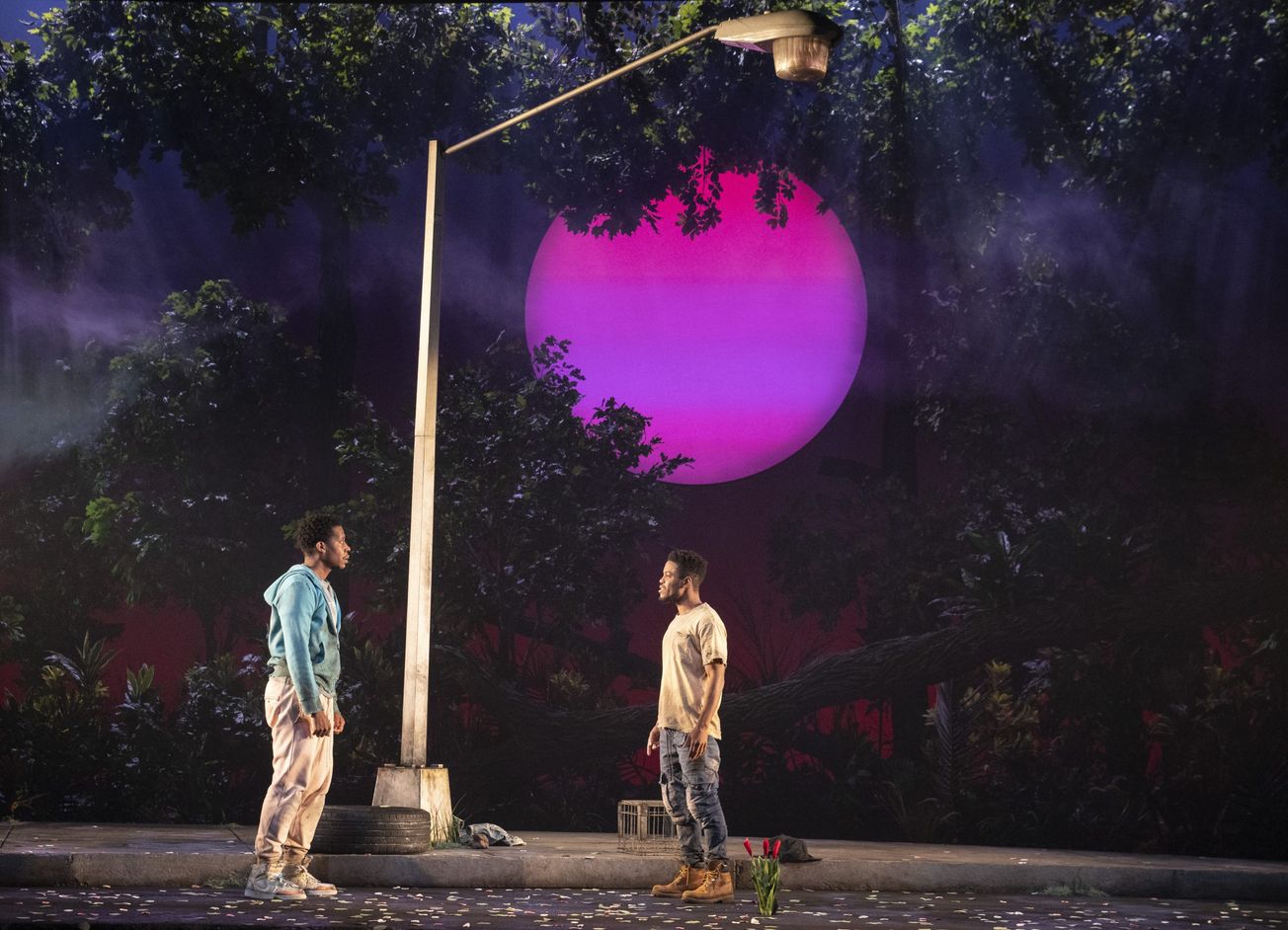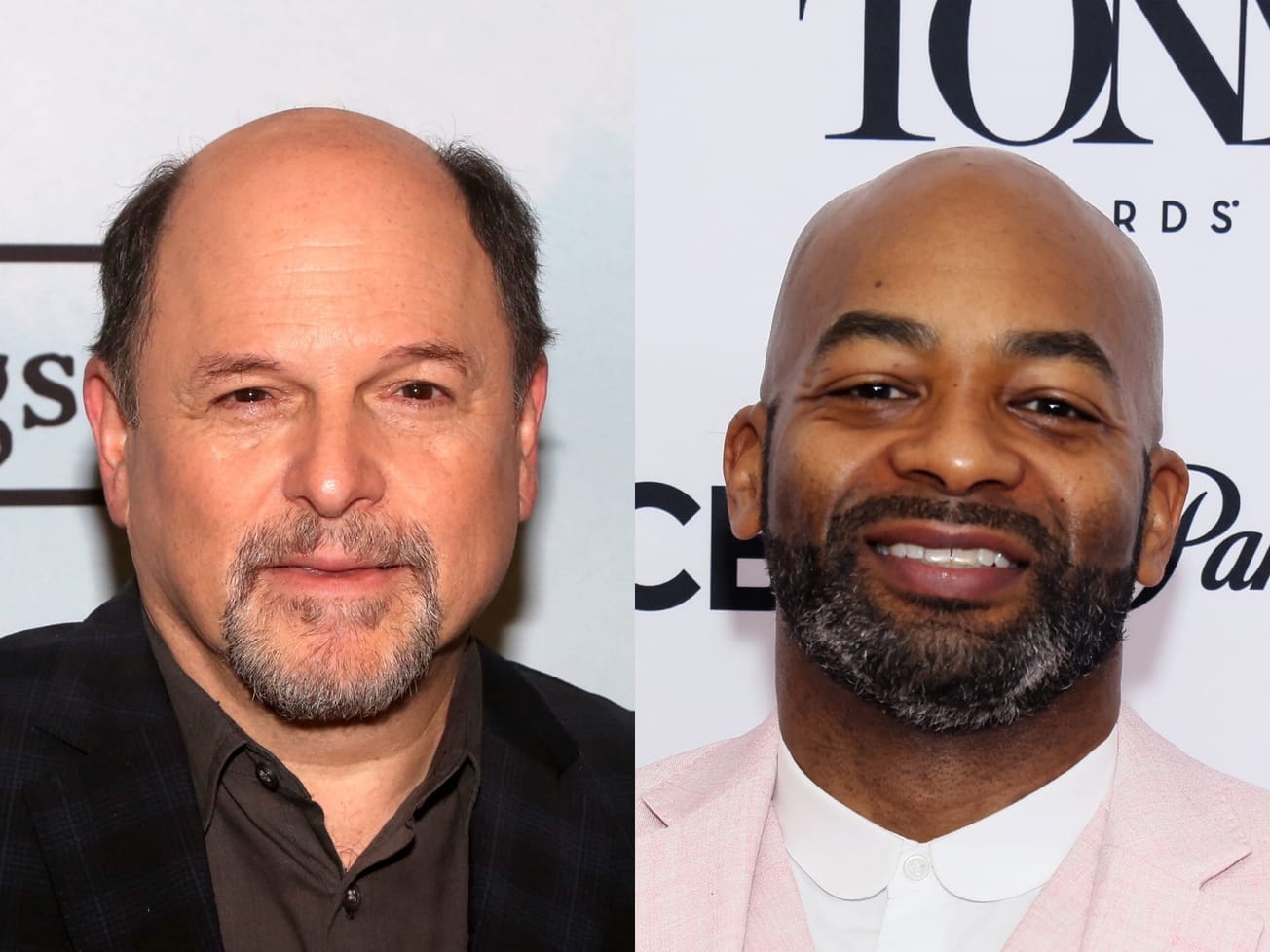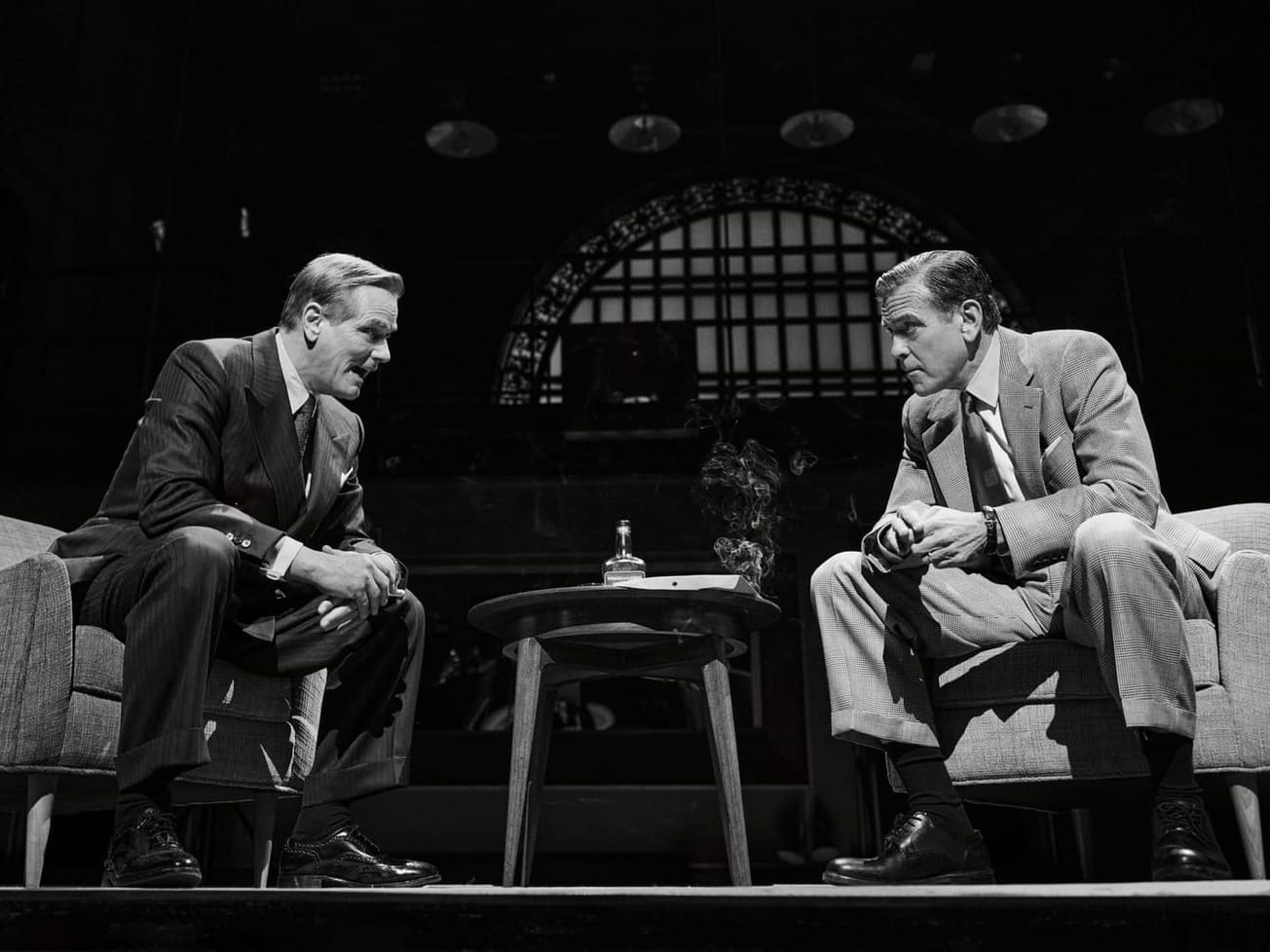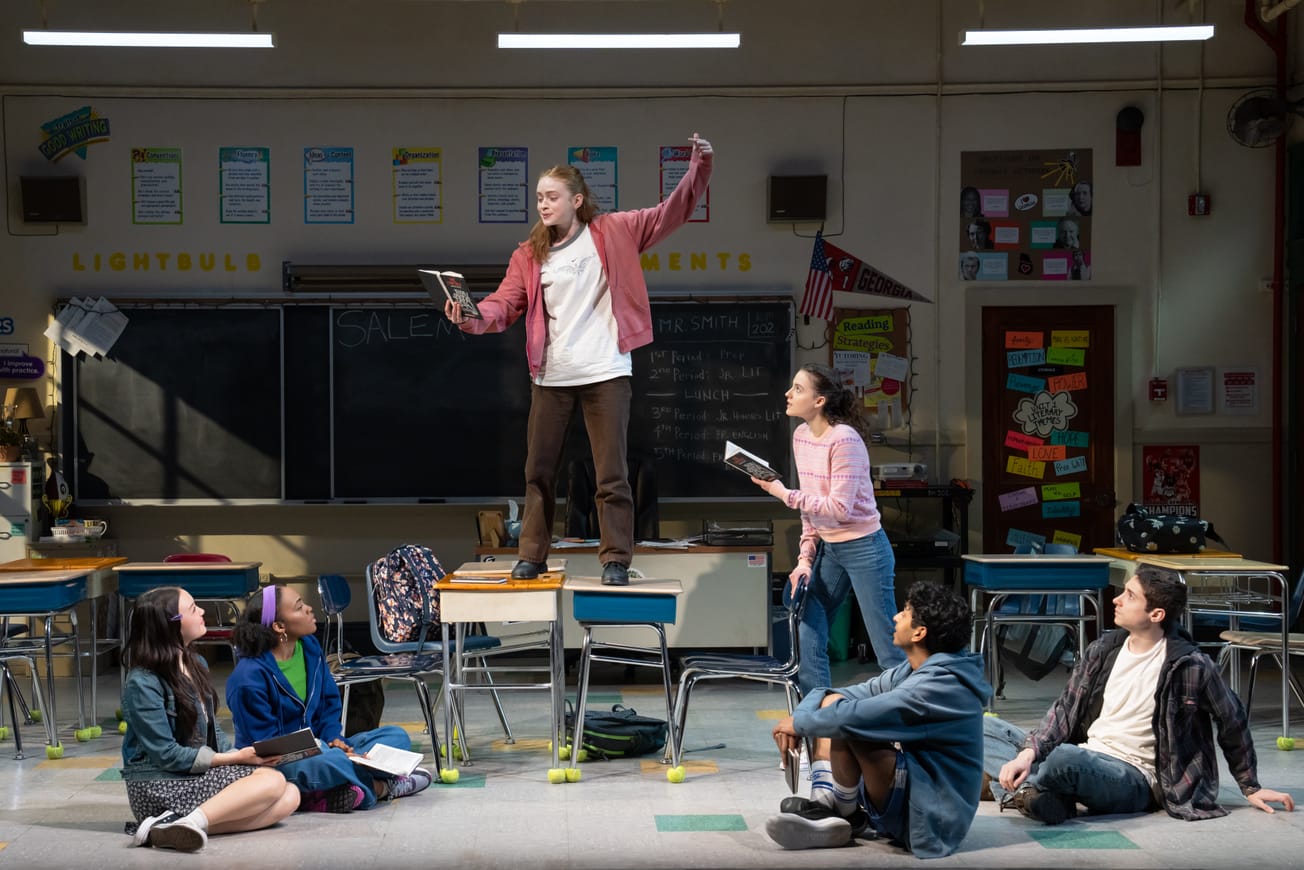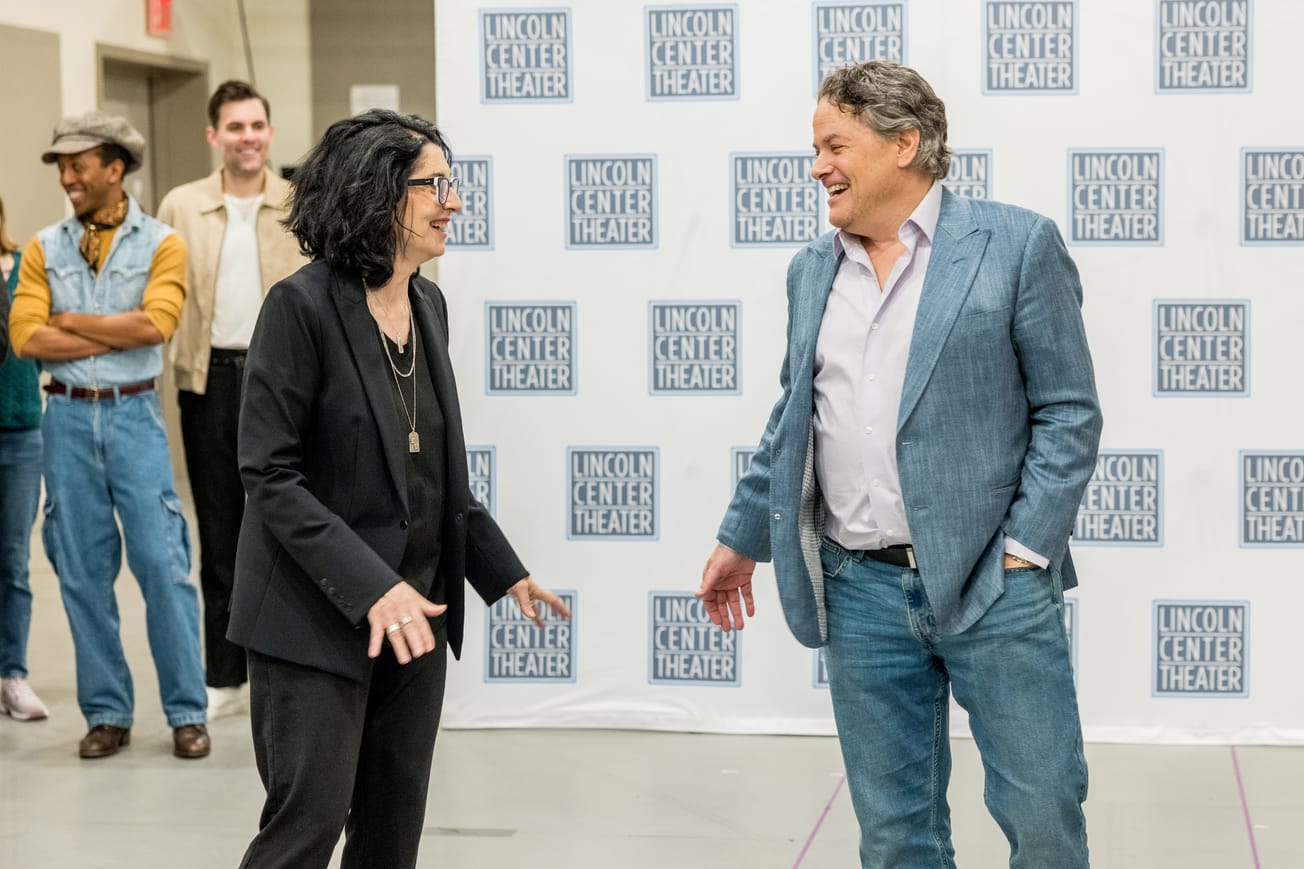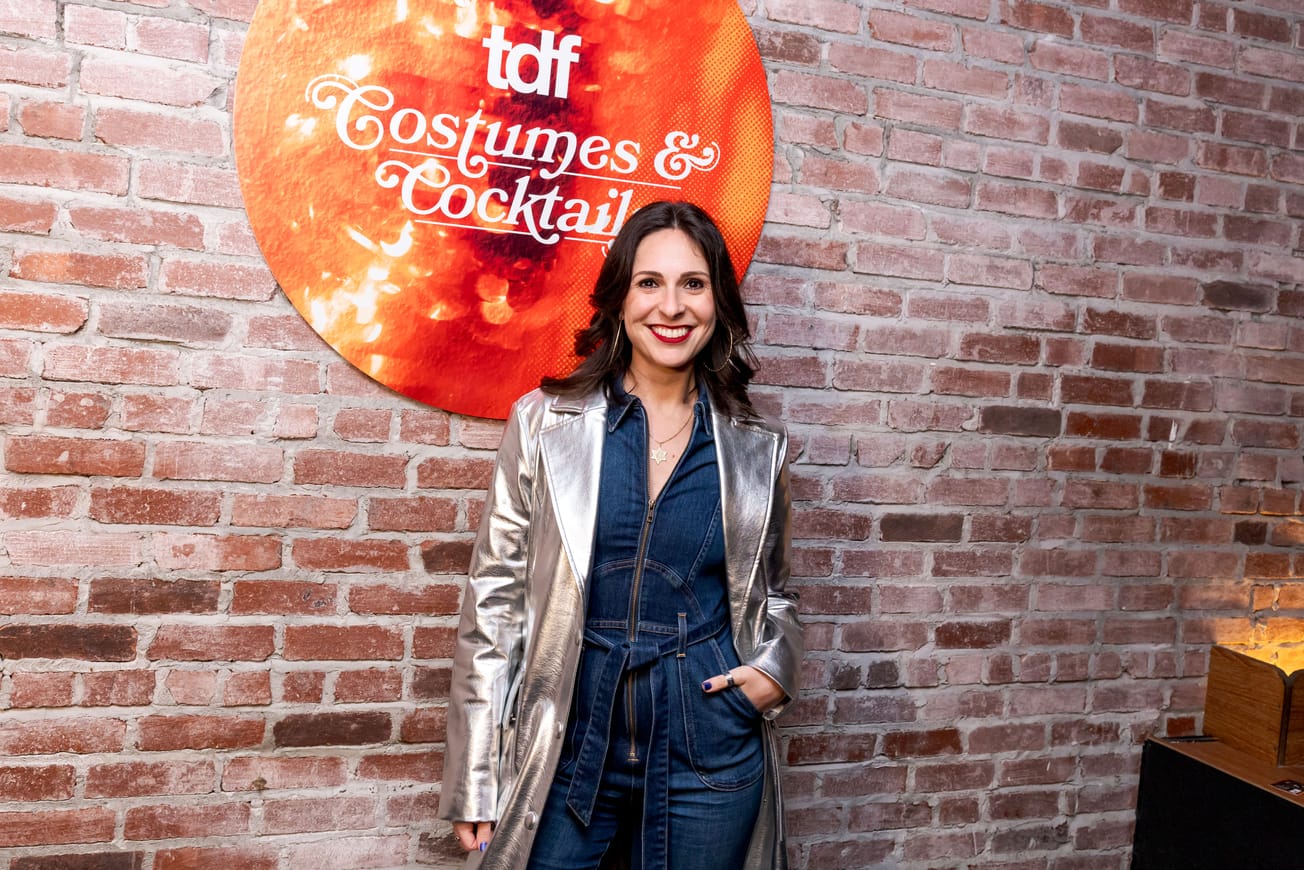After an unprecedented shutdown, Broadway theaters reopened this fall.
That, in and of itself, marked one major accomplishment for an industry that had been dark since March 2020. But the goal posts for the rest of the season were not as clear.
One open show, “Springsteen on Broadway” and then “Pass Over,” grew to more than 30 productions — albeit with many shows currently paused due to breakthrough COVID-19 cases within the companies.
Grosses across the industry began to rise with the holiday season, but the health of individual shows has been difficult to track.
Along the way, the industry established certain health and safety standards, ranging from a vaccination requirement to suggested testing cadences, and began engaging with groups that pointed to inequities within the community.
As 2021 draws to a close, Broadway News asked several members of the theater community to answer the question: “How did you/how do you measure success on Broadway this year?”
The responses, below, have been lightly edited for clarity.
Charlotte St. Martin, president of the Broadway League
The Broadway League measures almost everything we can measure, but certainly for the pandemic’s remarkable challenge to the industry, our number one measurement is: DID WE GET BROADWAY OPEN SAFELY AND SUCCESSFULLY?
We believe that because we have been open since August 4, 2021 without an industry wide shutdown that we did accomplish that goal. Unlike many other parts of the world, we have not had to shut down the entire community yet. The protocols are generally working because when a show has to shut down for a performance or a few performances, they do not shut down permanently or for long periods of time. And, for many shows, the testing process has identified potential cases early enough for the show to go on without the individual whose test was not negative. Of course, we have to continue to monitor these protocols and stay on top of them with our colleagues and our union colleagues. The science changes frequently and we work hard to stay on top of it with our epidemiologist.
Another key metric for the League directly relates to the actions developed by the Board of Governors in September of 2020 relating to the changes in our Equity, Diversity and Inclusion efforts. We have fulfilled all of the new board actions except for one, and it is the audit of the industry. We cannot do the audit until the industry is fully back. In order to accomplish the goal of establishing a baseline of employment of BIPOC members of our community, we want a true picture of the industry. We have expanded our Board of Governors, and as of December 14, 2021, 20% of our board is BIPOC. In addition, we hired a Director of Equity, Diversity and Inclusion in July of 2021 and have seen our entire leadership and staff of almost 200 people led in both unconscious bias training and anti-racism training.
Finally, we have many League programs and none of them have been shut down over the pandemic. While the League staff was cut by 40%, with the help of our members we have maintained the majority of our initiatives either virtually or through careful planning.
LaChanze, currently starring “Trouble in Mind” and founding member of Black Theatre United
The measure of success on Broadway this year is simple for me: WE ARE BACK! We are together again, exchanging laughter, tears. There’s beauty and joy! The theatre is alive again! Breathing art into our collective lungs. Reminding us of why we need theatre. Why we need each other. And for this, I’m giving us all a standing ovation!
Britton Smith, president of the Broadway Advocacy Coalition
Success this year is measured by mass willingness. Indeed we need initiatives, programs, new pipelines to leadership etc., but none of these actions are possible without an awakening, an awareness and a willingness to shift.
Matt Ross, producer of “Pass Over,” “Dana H.” and “Is This a Room”
I believe we had a wide range of responsibilities in returning to Broadway after an historic shutdown. Alongside the traditional standards of success — most of which are financial and awards-based — my priorities were (and continue to be): to keep both theatre workers and audiences safe, to employ theatre workers onstage and off after a period of financial devastation, to bring to audiences a full spectrum of the best that theatre has to offer, and to produce with integrity — artistically and in how we take care of our workers. These haven’t been easy tasks, but I’m personally proud of the work we did on “Pass Over,” “Is This A Room” and “Dana H.” as well as relaunching national tour of “What the Constitution Means to Me,” where Heidi Schreck’s brilliant and essential play is once-again deeply important to bring to audiences across the country.
Have we achieved perfection on every front? Of course not. But that’s part of doing difficult things. In this critical moment, we need to redouble our safety efforts and put ego aside, so we can find a collaborative way forward.
On the road ahead: I think we need to continue our commitment to the aforementioned priorities, while working hard on audience development in a way that is consistent and not intermittent or transactional. New and infrequent audiences need to be welcomed regularly to ensure a thriving Broadway for the future that can accommodate a diverse (in every sense) body of work. And there’s never been a better time to interrogate our producing model and see where we can innovate.
Clint Ramos, costume designer and scenic designer of “Slave Play”
One of the more successful efforts was the COVID response. I celebrate and affirm all of the COVID teams, they are the unsung heroes of this Broadway season. Although as we can see, our response can be as efficient as possible and yet it is only a small part of the COVID puzzle. People should be triple vaccinated and be honest about their vaccinated status. The other thing I looked at was Broadway’s responsiveness and willingness to the theater workers social justice and working condition demands.
Brian Blythe, founding member of the Costume Industry Coalition
For the majority of the Members of the Costume Industry Coalition, we recognize the ability to keep our doors open, after being largely dormant for the better part of 16 months, was a major accomplishment. We were able to contribute to the success of Broadway’s reopening, and continue to serve the Broadway community, but we know we will be feeling the financial ramifications of the shutdown for years to come. Coupled with a depleted workforce and an uncertain future, we will continue to advocate for our collective survival and raise awareness of our place in the creative ecosystem of Broadway.
Brian Moreland, producer of “Thoughts of a Colored Man”
Wow. This is a big question. Prior to the pandemic, I was a firm believer in the understanding that every show opens and every show closes. For the most part that still holds true.
What I measure for success post-pandemic is communal support of the “collective work” it takes to put a show up. Beyond raising funds, and building teams, working on a show for the new Broadway required a lot of faith. A great deal of blind leaps knowing a net would appear on the other side. The net did appear for “Thoughts of a Colored Man.”
The net was/is Broadway as a community. Every person showed up with their total beings to support the life “Thoughts of a Colored Man,” and the return of Broadway, whether that was by offering a hug when the day was long, or grace because our entire industry was coming online at once!
I measure success by the amount of faces with smiles I see on them now, even under the mask. I measure it by knowing when the world shut down, even Broadway, we still gathered, we still rehearsed and we birthed a new play into the canon of American Theatre. And merely having accomplished that…I feel successful.
To be afforded the space to create work, produce work, and see work on a stage is success.
Congratulations to every member of this rare world we call Broadway. We did it, together. Let’s do it again in 2022!


















































